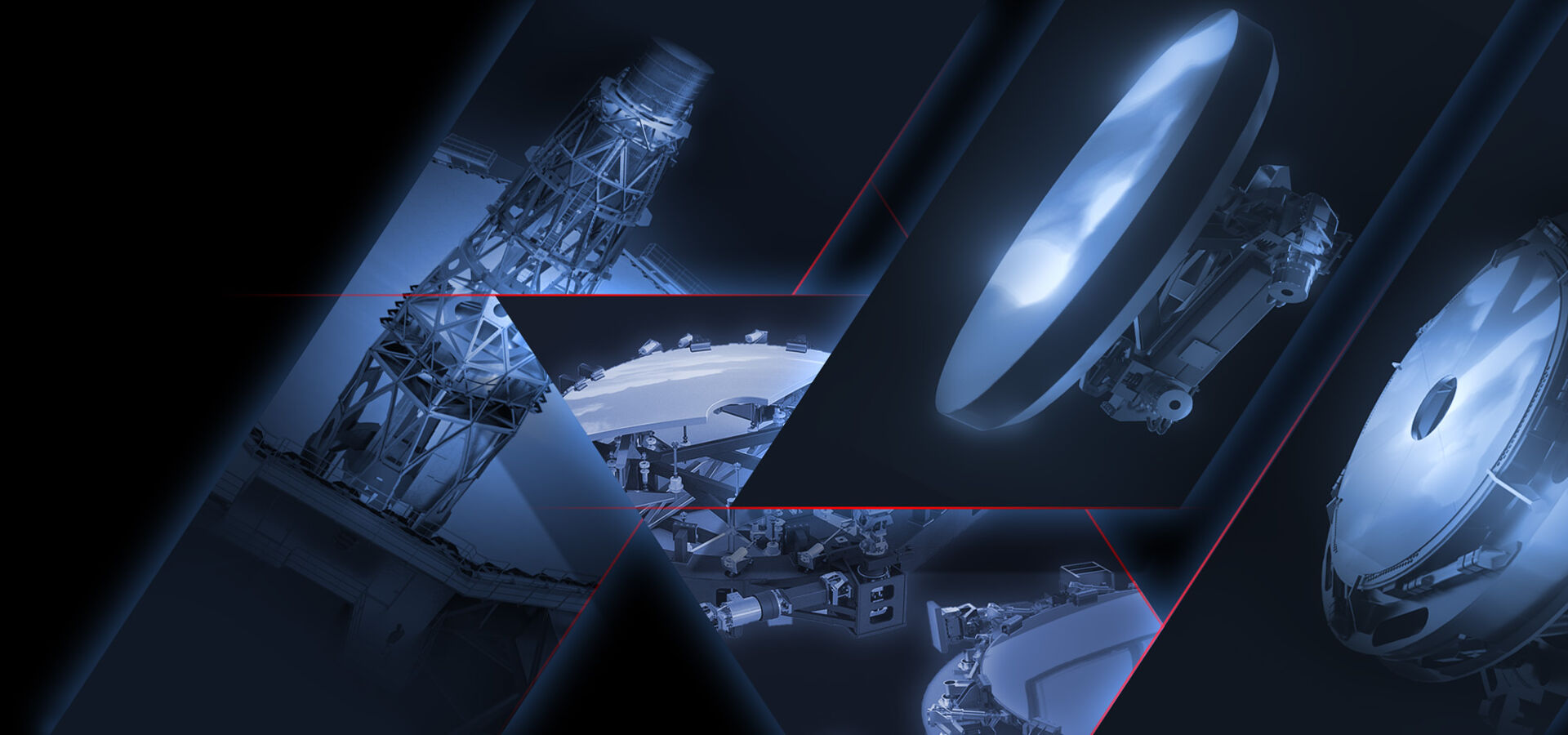
European
Southern
Observatory

The ELT will have a pioneering five-mirror optical design that will allow it to unveil the Universe in unprecedented detail. The mirrors all have different shapes, sizes and roles but will work together seamlessly. The primary, M1, is the most spectacular: a giant 39-metre concave mirror that will collect light from the night sky and reflect it to the secondary mirror. The convex M2, the largest secondary mirror ever employed on a telescope, will hang above M1 and will reflect light back down to M3, which in turn will relay it to an adaptive flat mirror (M4) above it. This fourth mirror will adjust its shape a thousand times a second to correct for distortions caused by atmospheric turbulence, before sending the light to M5, a flat tiltable mirror that will stabilise the image and send it to the ELT instruments.
The optical solution for the ESO ELT is a 39-m aperture folded three-mirror anastigmat (M1, M2, M3). Folding is provided by two flat mirrors (M4, M5) sending the beams to either Nasmyth foci (prefocal stations) along the elevation axis of the telescope.
The focal ratio of the primary mirror (M1) is f/0.87. The total Nasmyth field of view is 10 arc minutes, limited by the dimensions of the way-through hole in one of the flat folding mirrors (M4). As-designed optical quality is diffraction limited up to the edge of the curved field at all wavelengths. Field curvature is 9 88 m and the centre of field curvature is before the focus. The Nasmyth focal ratio is rather large (f/17.75, focal length 684022 mm). The folding arrangement (flat M4 and M5 mirrors) is conceived to provide conveniently located flat surfaces for an adaptive mirror (M4, conjugated to 621 m in front of the telescope, from M1) and field stabilisation (M5, with a minor off-pupil effect). The M4 mirror is inclined by 7.75°.
The telescope is highly dependent on integrated wavefront control, the purpose of which is to maintain the wavefront and the tracking within tolerances. This allows for limited drifts of the state and alignment of the optical surfaces, provided that mutual compensations hold the telescope to tolerances.
All mirrors bar M5 have shape adjustment capability to some extent; mirrors M2 and M3 can be recentred, while mirrors M4 and M5 can steer the beams to dynamically adjust the line of sight according to surfaces misalignment, jitter and residues from the telescope kinematics.
We use cookies that are essential for accessing our websites and using our services. We also use cookies to analyse, measure and improve our websites’ performance, to enable content sharing via social media and to display media content hosted on third-party platforms.
The European Organisation for Astronomical Research in the Southern Hemisphere (ESO) is the pre-eminent intergovernmental science and technology organisation in astronomy. It carries out an ambitious programme focused on the design, construction and operation of powerful ground-based observing facilities for astronomy.
This Cookies Policy is intended to provide clarity by outlining the cookies used on the ESO public websites, their functions, the options you have for controlling them, and the ways you can contact us for additional details.
Cookies are small pieces of data stored on your device by websites you visit. They serve various purposes, such as remembering login credentials and preferences and enhance your browsing experience.
Essential cookies (always active): These cookies are strictly necessary for the proper functioning of our website. Without these cookies, the website cannot operate correctly, and certain services, such as logging in or accessing secure areas, may not be available; because they are essential for the website’s operation, they cannot be disabled.
Functional Cookies: These cookies enhance your browsing experience by enabling additional features and personalization, such as remembering your preferences and settings. While not strictly necessary for the website to function, they improve usability and convenience; these cookies are only placed if you provide your consent.
Analytics cookies: These cookies collect information about how visitors interact with our website, such as which pages are visited most often and how users navigate the site. This data helps us improve website performance, optimize content, and enhance the user experience; these cookies are only placed if you provide your consent. We use the following analytics cookies.
Matomo Cookies:
This website uses Matomo (formerly Piwik), an open source software which enables the statistical analysis of website visits. Matomo uses cookies (text files) which are saved on your computer and which allow us to analyze how you use our website. The website user information generated by the cookies will only be saved on the servers of our IT Department. We use this information to analyze www.eso.org visits and to prepare reports on website activities. These data will not be disclosed to third parties.
On behalf of ESO, Matomo will use this information for the purpose of evaluating your use of the website, compiling reports on website activity and providing other services relating to website activity and internet usage.
Matomo cookies settings:
Additional Third-party cookies on ESO websites: some of our pages display content from external providers, e.g. YouTube.
Such third-party services are outside of ESO control and may, at any time, change their terms of service, use of cookies, etc.
YouTube: Some videos on the ESO website are embedded from ESO’s official YouTube channel. We have enabled YouTube’s privacy-enhanced mode, meaning that no cookies are set unless the user actively clicks on the video to play it. Additionally, in this mode, YouTube does not store any personally identifiable cookie data for embedded video playbacks. For more details, please refer to YouTube’s embedding videos information page.
Cookies can also be classified based on the following elements.
Regarding the domain, there are:
As for their duration, cookies can be:
Cookie settings: You can modify your cookie choices for the ESO webpages at any time by clicking on the link Cookie settings at the bottom of any page.
In your browser: If you wish to delete cookies or instruct your browser to delete or block cookies by default, please visit the help pages of your browser:
Please be aware that if you delete or decline cookies, certain functionalities of our website may be not be available and your browsing experience may be affected.
You can set most browsers to prevent any cookies being placed on your device, but you may then have to manually adjust some preferences every time you visit a site/page. And some services and functionalities may not work properly at all (e.g. profile logging-in, shop check out).
The ESO Cookies Policy may be subject to future updates, which will be made available on this page.
For any queries related to cookies, please contact: pdprATesoDOTorg.
As ESO public webpages are managed by our Department of Communication, your questions will be dealt with the support of the said Department.